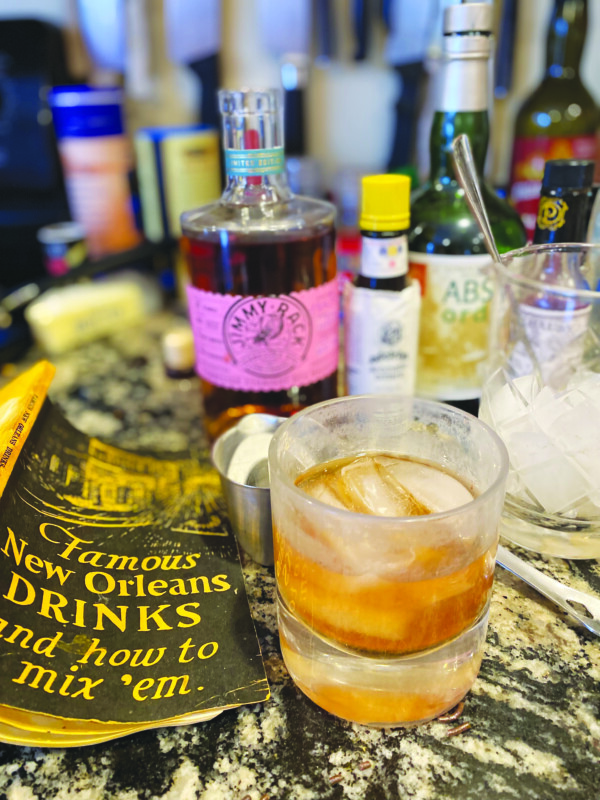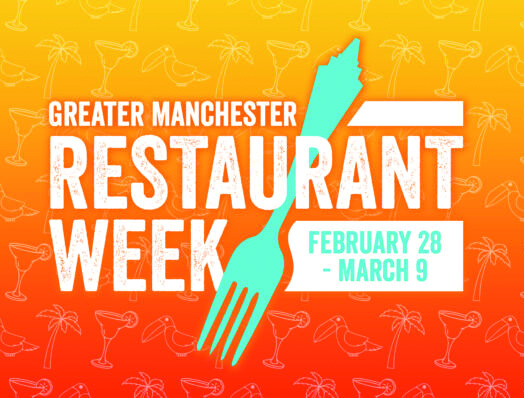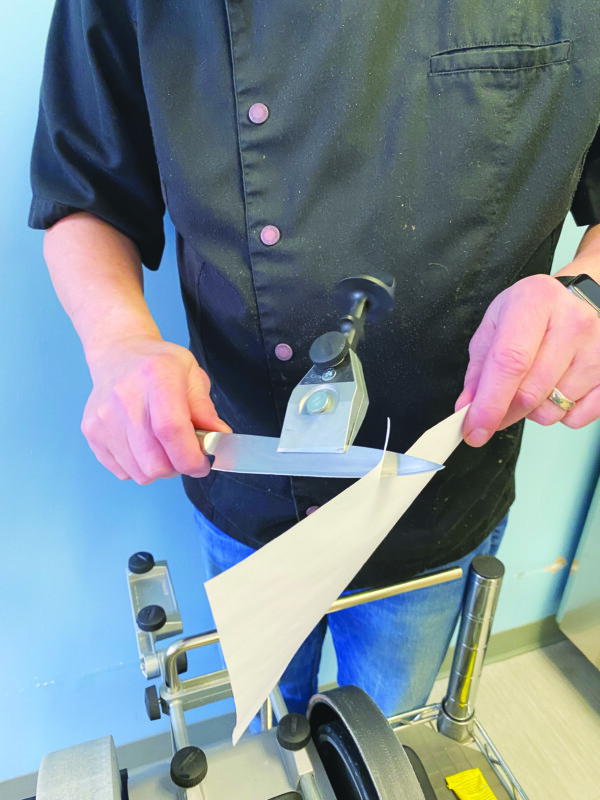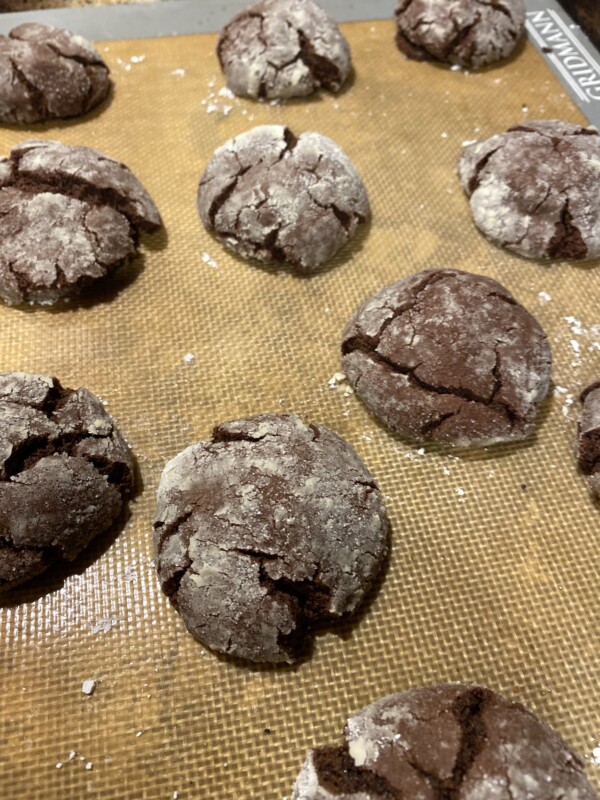New casino offers a full house of restaurants and bars
By John Fladd
jfladd@hippopress.com
When The Nash, the new casino in the Pheasant Lane Mall in Nashua, opens its doors this week, there will be a lot of food and drink involved. It boasts four restaurants and two additional bars, plus catering for private parties and service to guests practicing their golf swings or watching sporting events on a gigantic television screen — but perhaps the most surprising food fact about The Nash is how staggeringly good its pancakes are — lightly crispy around the edges, not too thick, and gently sweet with the tang of buttermilk.
“In the state of New Hampshire,” said Eric Althaus, the general manager of The Nash, “no casino is allowed to be open 24 hours. We have to close for at least five hours a day. Every day we open at 9 a.m. Sunday through Thursday we close at 2 a.m. and then on Friday and Saturday we close at 4 a.m.” Even for guests and staff on a civilian schedule, that means a lot of breakfasts.
The Woodlands Cafe on the casino’s lower level is a casual three-meals restaurant, where you would probably order the pancakes. It has “everything from obviously breakfast items to your sandwiches and burgers to more fine dishes at night as well,” Althaus said. The lower level is also the home of Stadium Social Sports Bar & Grill, where guests might order food and drinks while they watch the big game. There is also a coffee bar. On The Nash’s main level are two more restaurants: the Lucky Lantern Noodle House, and Proper Chophouse & Cocktails, The Nash’s formal restaurant, which will stock more than 1,000 bottles of wine. There is also an additional bar, the Electric Pheasant.
“Lucky Lantern was going to be the late night dining outlet,” Althaus said. “We’re not going to be ready for that at opening; we’re still making some fine enhancements to the cook line. So we are modifying the hours here [at two of our other restaurants] to ensure that we do have the food offering because we’re serving alcohol all the way until two o’clock .”
The goal, Althaus said, is to present guests with a wide variety of food options. There are luxury dishes, like premium steaks and cocktails, to luxe interpretations of popular dishes, like lobster benedict, or sliders made with wagyu beef. Special attention has gone to perfecting classic snack foods, such as house-fried potato chips and perfectly crisp french fries, fried pickles.
For the most part, food for all the restaurants will be prepared in a large central kitchen, then served at each restaurant.
“There’s one production kitchen,” Althaus said. “The Lucky Lantern Noodle does have an action station that will produce additional food as ordered, but a lot of the broths and most of the other dishes are still prepared back of house in the production kitchen.”
Once The Nash has opened (the opening is slated for March 5), serving food and beverages throughout the casino will require precision and attention to details. Althaus said the casino’s staff has been working hard to prepare.
“They’re excited,” he said. “A lot of them have been working for months, getting prepared, making sure that we’re training. We’ll be pushing through over 4,000 people just in the restaurants to work on ticket time [orders that come into the kitchen], work on consistency, presentation, everything that goes with it.”
The Nash Casino
Where: 310 DW Highway in Nashua
Restaurants & bars: Woodlands Cafe, Stadium Social Sports Bar & Grill, the Lucky Lantern Noodle House, and Proper Chophouse & Cocktails and the Electric Pheasant.
More info: thenashcasino.com
Featured photo: Photo by John Fladd.






